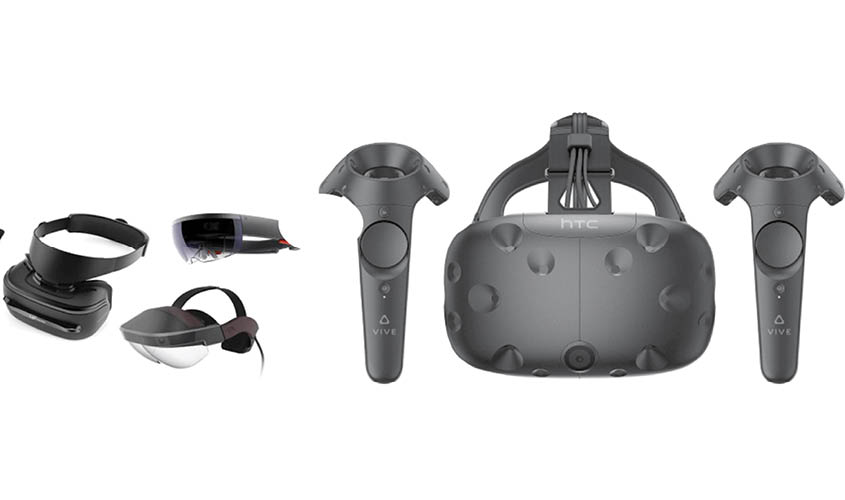The use of virtual reality in the field of special-needs education is changing the way students with physical disabilities, especially the visually-impaired, interact with modern technology.
Virtual reality, in simple words, is a technology which provides interactive computing experience to the user by taking them into a completely new world of enhanced visuals. While we understand the importance of this technology in the sphere of education, we undermine how the introduction and development of virtual reality (VR) in education for the visually impaired can transform the way they live and learn. VR is increasingly simplifying learning, especially for differently-abled children, by introducing tables, graphs, 3D plots and by allowing them to navigate around structured information conveniently.
VR ensures a better involvement of users and makes the learning process more interactive. It lets students practice skills without the risks associated with real-world training.
With the emergence of novel and reformed technologies, the new generation of headsets can further improve the VR experience, by including real life-like features. Using VR for more real-life experiences has the potential of taking the learning experience to the next level. Again, this will help students feel they can interact and explore in more natural ways.
We are already seeing some great innovations in the education domain that are set to be rolled out and developed even further to empower the next generation of educators. These innovations will also open up fresh opportunities to better facilitate student-teacher engagement and offer a more personalised approach to the overall learning experience. It’s an exciting new way for differently-abled children to understand more about their project and will also reduce the learning time for them. New technologies like VR can radically improve professional training and make learning more effective. These technologies and techniques are also being increasingly adopted globally to keep learners both involved and interested.

VR gives the visually-impaired an opportunity to create a mental picture of the scenario through different sounds and tactile feel of the product/things involved. There are various equipment—like headsets and special helmets—that provide you with access to the virtual world. Navigation through sound to operate iPads, iPhones, Android phones, and even computers can work as a helping hand for people to create and understand the virtual world. By integrating various technologies like wearable computers, voice recognition, and synthesis, wireless networks, Geographic Information System (GIS) and Global Positioning System (GPS) in the regular users can boost faster functioning among differently-abled people. The most commonly used device for VR experience is YouTube. VR videos provide you with a 360-degree view of a particular situation. VR is majorly sound based for the visually-impaired, as it describes the visuals through sound effects and background score.
Unfortunately, more than the physical limitation that the blind face, their difficulties get aggravated as there is inadequate understanding about their accessibility needs, in comparison to the orthopedically disabled. Mere Braille labels and signage can’t lead to accessibility but the proper orientation of people and accommodative attitude is what is required. In this regard, the use of VR videos can also allow users first-hand experience of the issues faced by the people having vision problems. Virtual videos have also helped the Sightsavers India team in garnering more fundraisers by showing these videos to people over their cell phones.
Our government is also making progress by leaps and bounds when it comes to creating opportunities for people with disabilities. In 1995, India’s first disability law, the Persons With Disabilities Act, was drafted and the country became one of the few first countries to sign and later ratify the United Nations Convention for the Rights of Disabled People (UNCRPD) in 2006 and 2007 respectively. In 2016, the landmark Disability Rights Act was passed by our government. The government has undertaken many other steps to ensure access to resources, opportunities and knowledge
for the blind.
To create an inclusive society we first have to ensure that the visually-impaired are equipped with information; they need to be well informed about the rights and laws made for them.
VR in education is still at a nascent stage in India and, unlike the consumer world, the education industry has a much higher regulatory and ethical liability—which can increase the time it takes for the visually-impaired to learn and grasp new things. The next step forward is to further the collaboration between the education sector and VR manufacturers to ensure that the right technology meets the needs of visually-impaired students both now and in the future.
The author is director of marketing and funding, Sightsavers India

